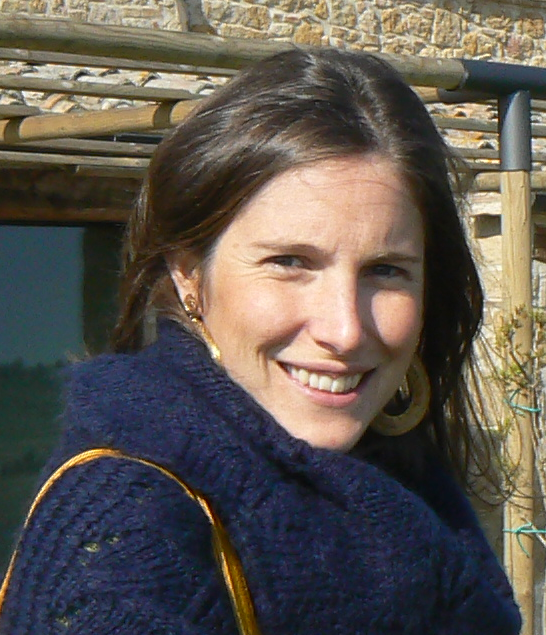Museums and ICH: new models for innovation?
The Convention for the Safeguarding of the Intangible Cultural Heritage, adopted by the General Conference of UNESCO on October 17, 2003, has contributed to raise awareness of a new notion of heritage overpassing monuments, historical buildings, paintings, artistic works, natural landscapes, and other material manifestations of culture. National registers have been drawn up in the last years, and the UNESCO lists of Intangible Cultural Heritage (ICH) keep growing including traditions, crafts skills and practices that we would have hardly taken into considerations as cultural heritage at the international level before 2003. ICH has thus extended the boundaries of cultural heritage, but has also transformed the approach to this domain, and more broadly, the meaning of heritage. ICH does not exist without people practicing it. This has permitted to focus the attention on the holders of heritage, in particular on the communities that recognize what it is heritage and contribute to establish its value. ICH is a living heritage, its safeguard means its use, its appropriation, its transformation, its continuous innovation. This has driven to question the idea of a safeguard based on conservation and protection of forms and materials. ICH is not an isolated item, it is integrated in a complex ecosystem. This has raised the attention on the issue of safeguarding and governance, not only from a cultural, but also from an economic, social, and environmental point of view. ICH has widely transformed the approach to heritage, also the material one. Entering into the sphere of museums, we wonder: how can ICH transform these institutions, their role, the approach to their collections, the relations with visitors and local communities? Moreover, what do museums bring to ICH? How can this dialogue between ICH and museums become source of innovation and creativity within and outside the museums? Museums and ICH are fundamental elements of the cultural system, can they become living labs where new models are experimented bringing together traditional ways of conservation, bottom-up practices, social innovation? What actors, resources, ideas and policies do we need to bring together to foster this innovation?

Francesca Cominelli is Associate Professor at the University of Paris 1 Panthéon-Sorbonne and Director of IREST. She holds a Ph.D in Economics and her research interests include economics of culture, cultural commons, public policies, and cultural tourism. More specifically she is interested in cultural diversity, intangible cultural heritage, creativity, innovation, and traditional craftsmanship. Previously, she worked as project specialist for INMA and the French Ministry of Culture and Communication (2008-2010), and as researcher for the European Investment Bank Institute (2013-2014) and for the University of Lille 3 (2015). She is member of ICOMOS and Vice-President for Europe of ICOMOS International Committee on Intangible Cultural Heritage. |